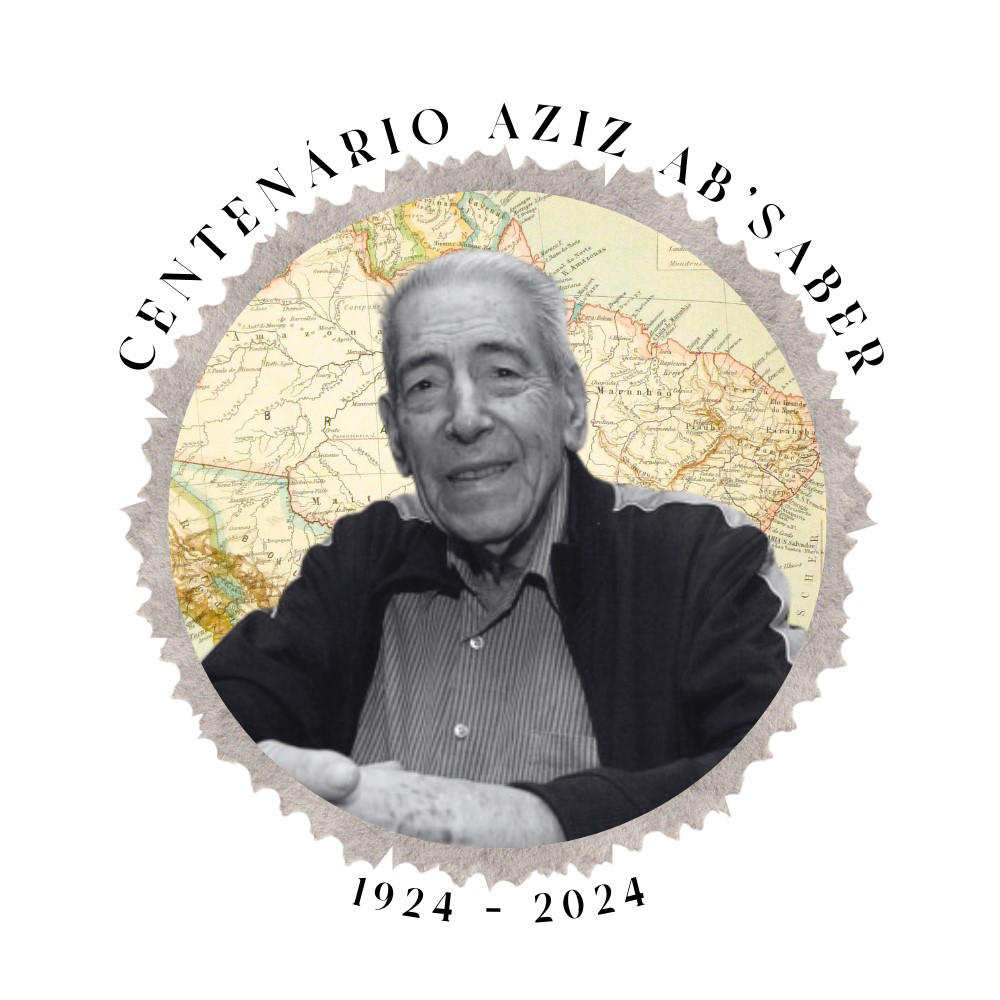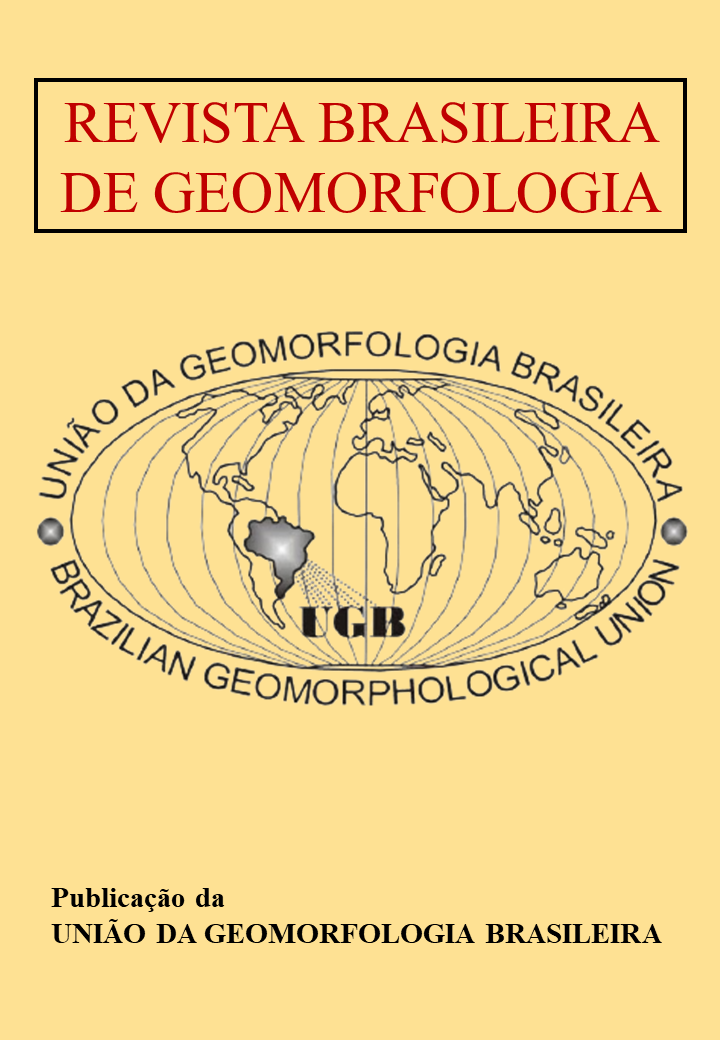Detailed and Semi-detailed Geomorphological Maps: A review of relief representation in thesis by the São Paulo state’s geography postgraduate programs by the beginning of the 21st century (2001-2018)
DOI:
https://doi.org/10.20502/rbg.v24i3.2377Palavras-chave:
Geomorphological Mapping, Relief Classification, São Paulo, BrazilResumo
This study investigates the semi-detailed and detailed geomorphological mapping produced by researchers in the State of São Paulo in the beginning of the 21st century, considering its diversity of methods and symbology. 22 academic productions were analyzed. Criteria for selection were: year of publication, scale, possibility of downloadability, legibility and description of procedures. Scales ranged from 1:60.000 to 1:5.000. Different objectives were verified and grouped into 4 main categories: 1) Urban and/or Environmental Planning; 2) (Geo) Enviromental Zoning; 3) Environmental Vulnerability or Fragility; and 4) Geomorphological and/or Enviromental Analysis. References most cited were Tricart (1965), Verstappen & Zuidam (1975) and Ab’Saber (1969). Most research employed adaptations from two or more references. Most publications belonged to IGCE-UNESP program. We concluded that diversity of legends is mainly related to 8 factors corroborating the literature: 1) three-dimensionality of the terrain and bi-dimensionality of the map; 2) great number of the nature of represented attributes; 3) representation of both qualitative and quantitative data; 4) employment of three types of plotting information; 5) contradictions between legibility and academic interests; 6) time-space scales; 7) different types of landscapes; and 8) different objectives of research.
Downloads
Downloads
Publicado
Como Citar
Edição
Seção
Licença

Este trabalho está licenciado sob uma licença Creative Commons Attribution-NonCommercial 4.0 International License.
Autor(es) conservam os direitos de autor e concedem à revista o direito de primeira publicação, com o trabalho simultaneamente licenciado sob a Licença Creative Commons Attribution que permite a partilha do trabalho com reconhecimento da autoria e publicação inicial nesta revista.










